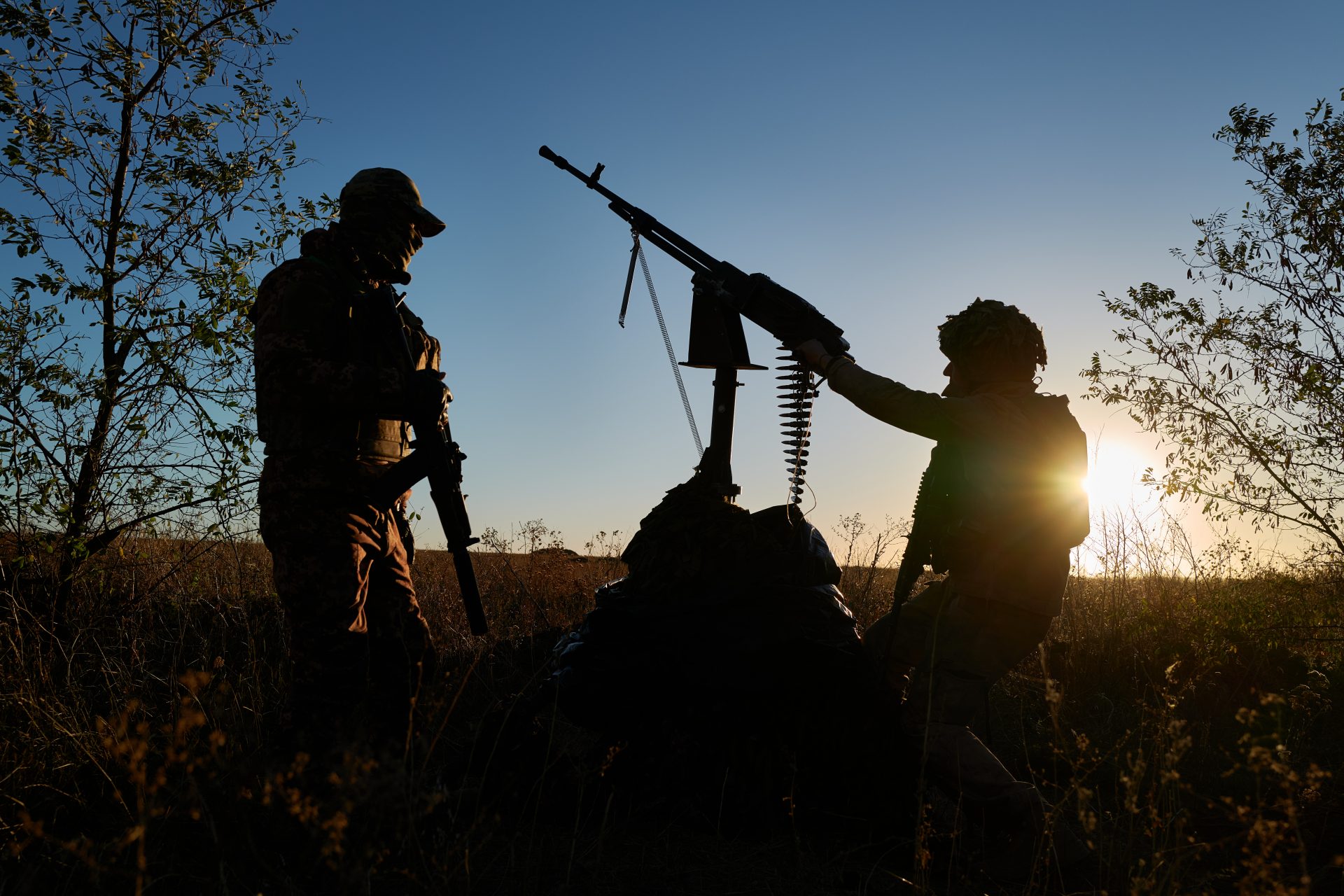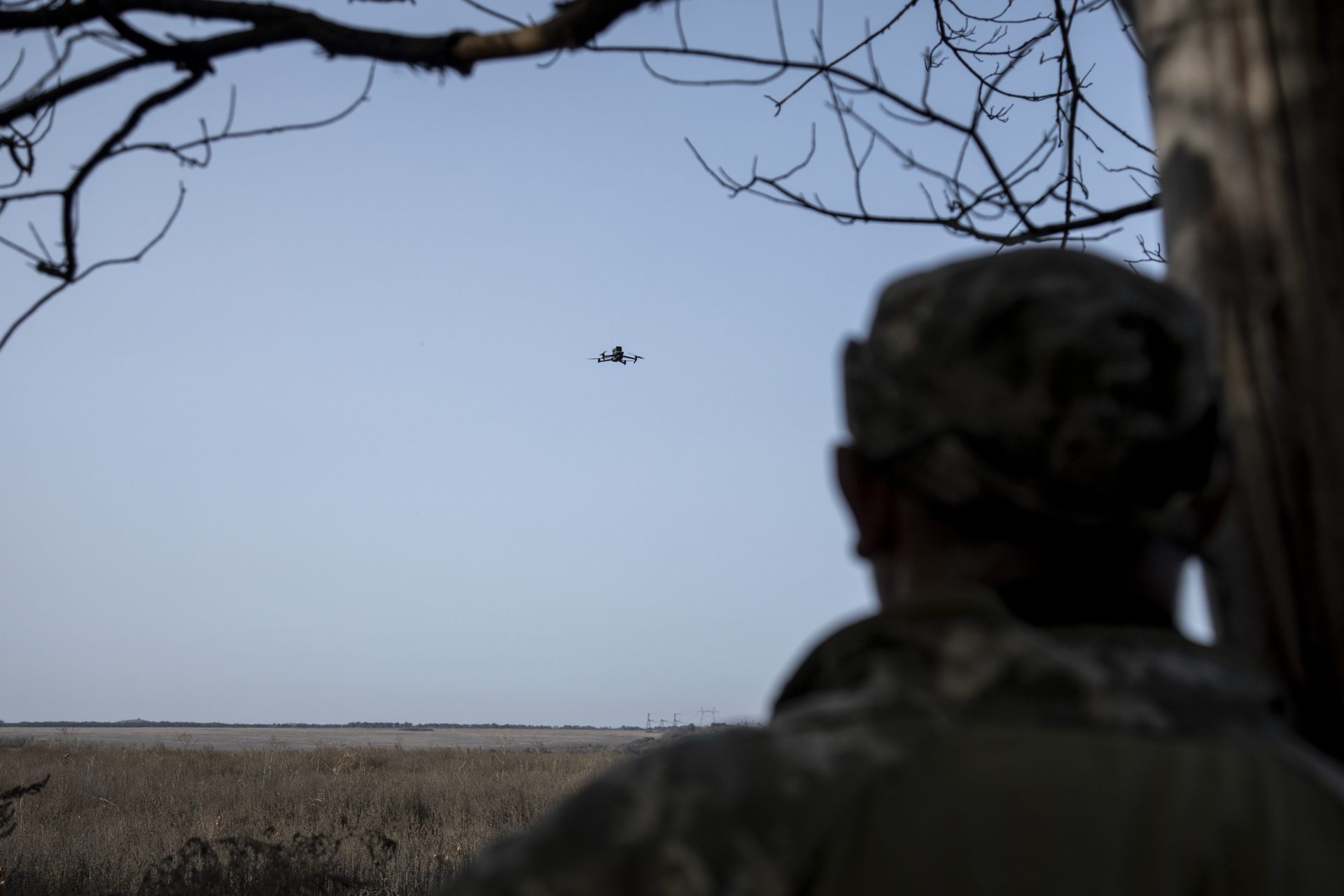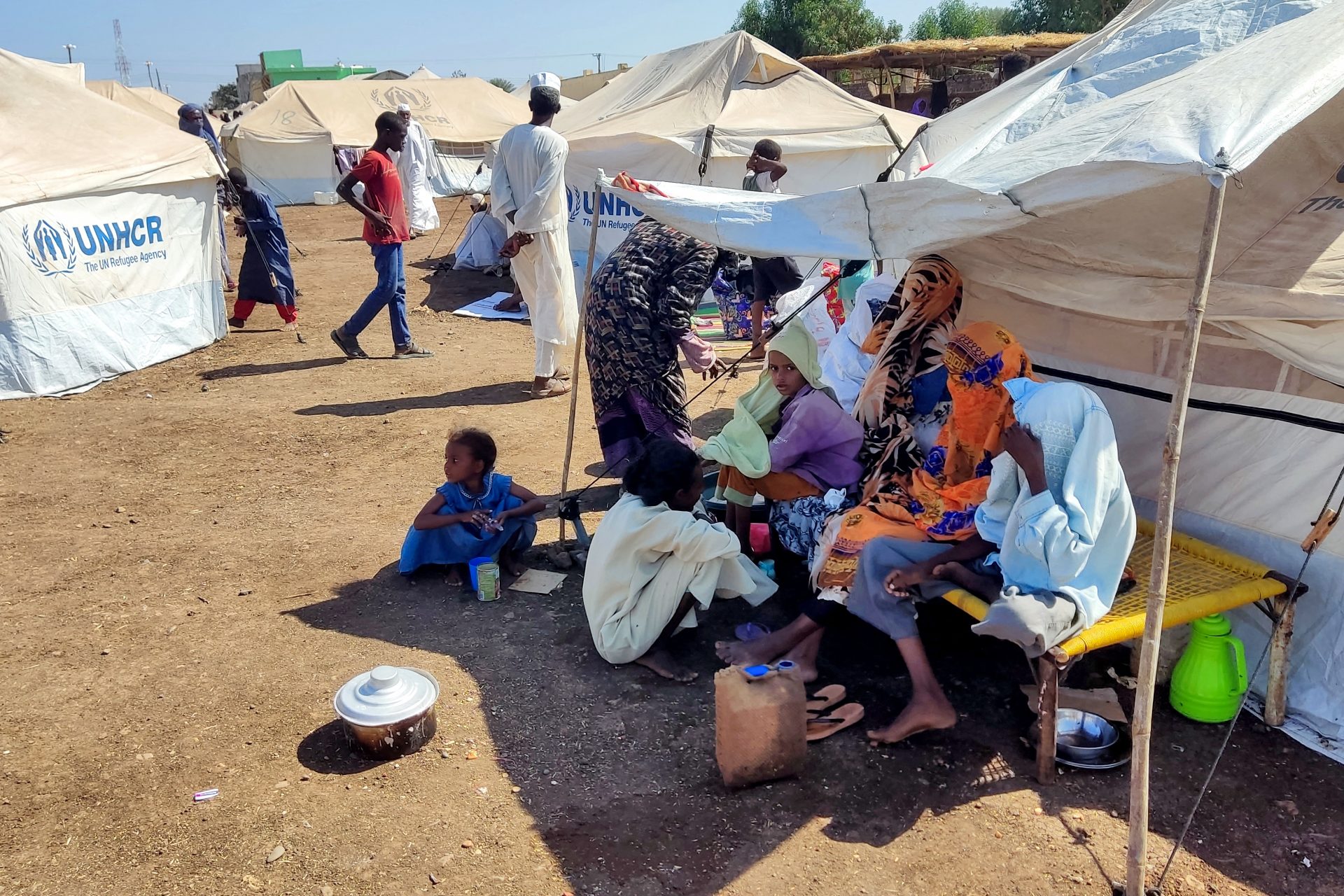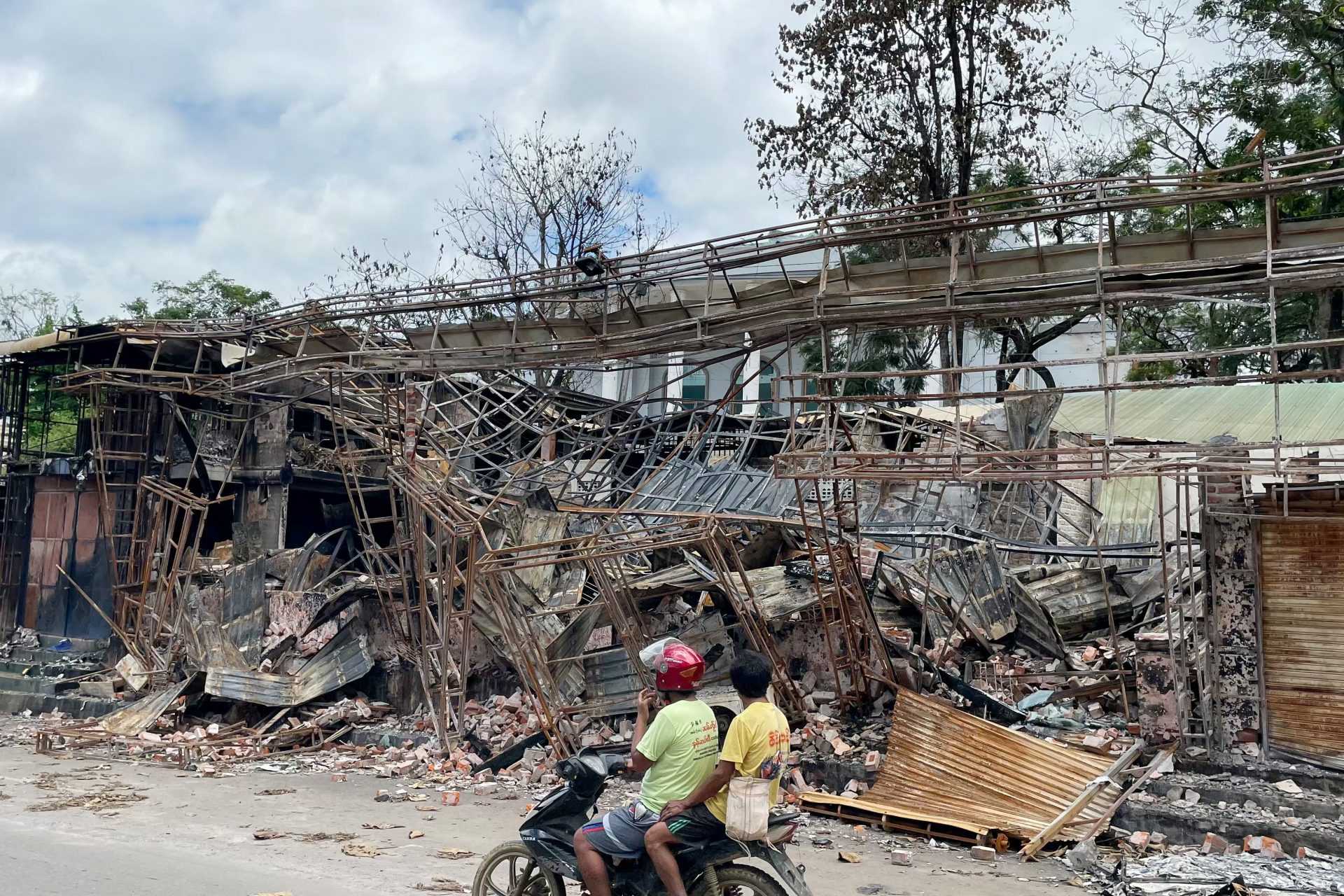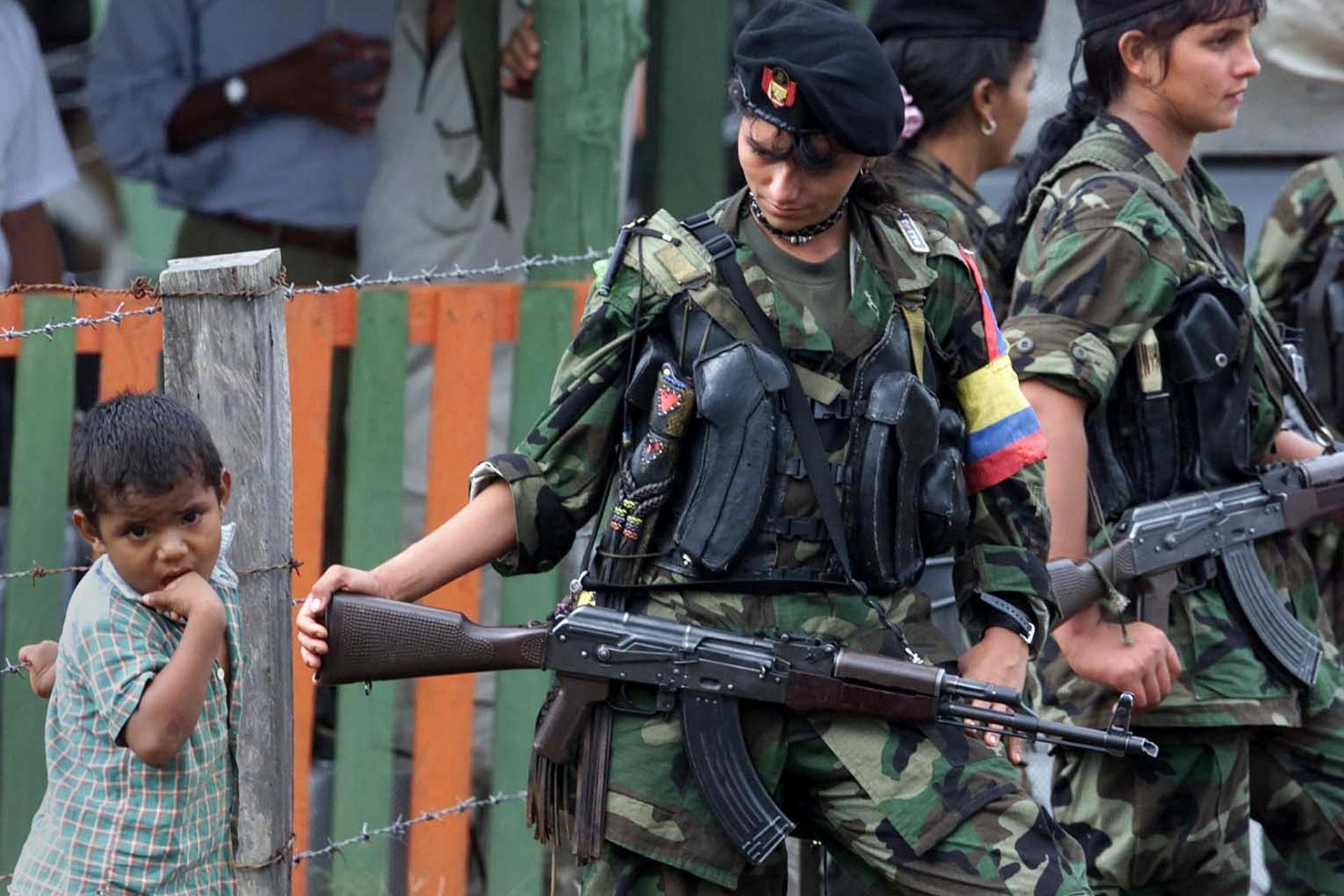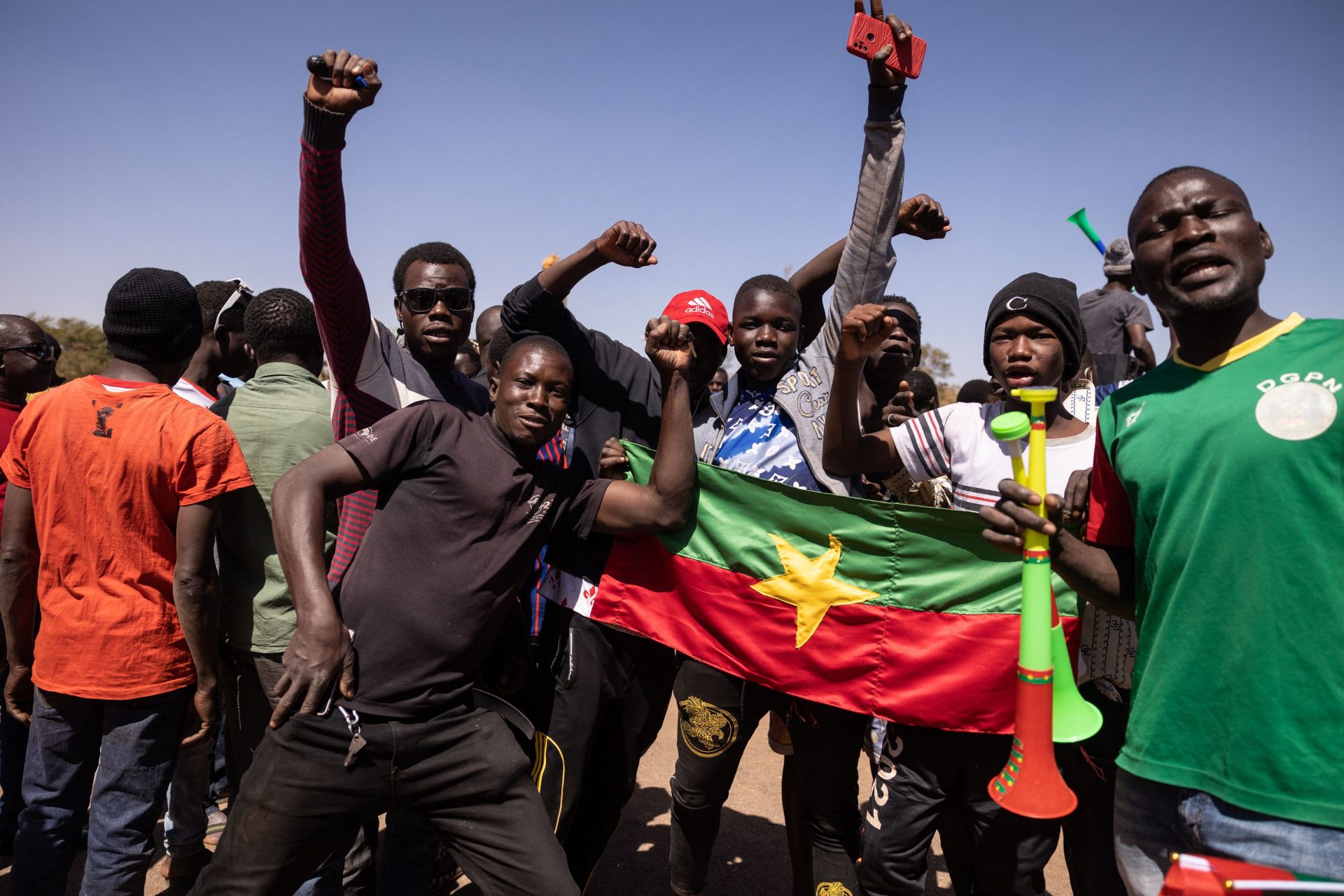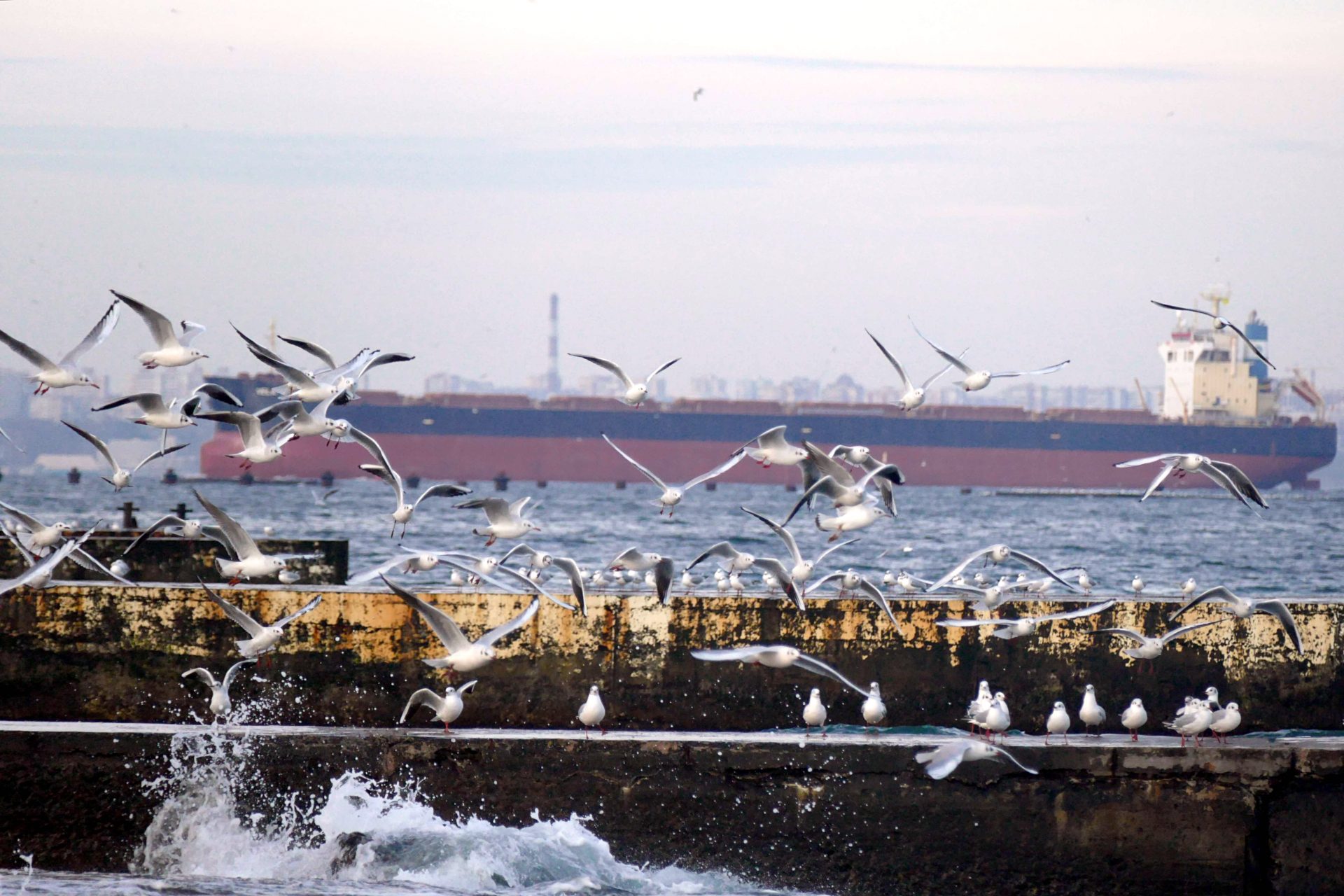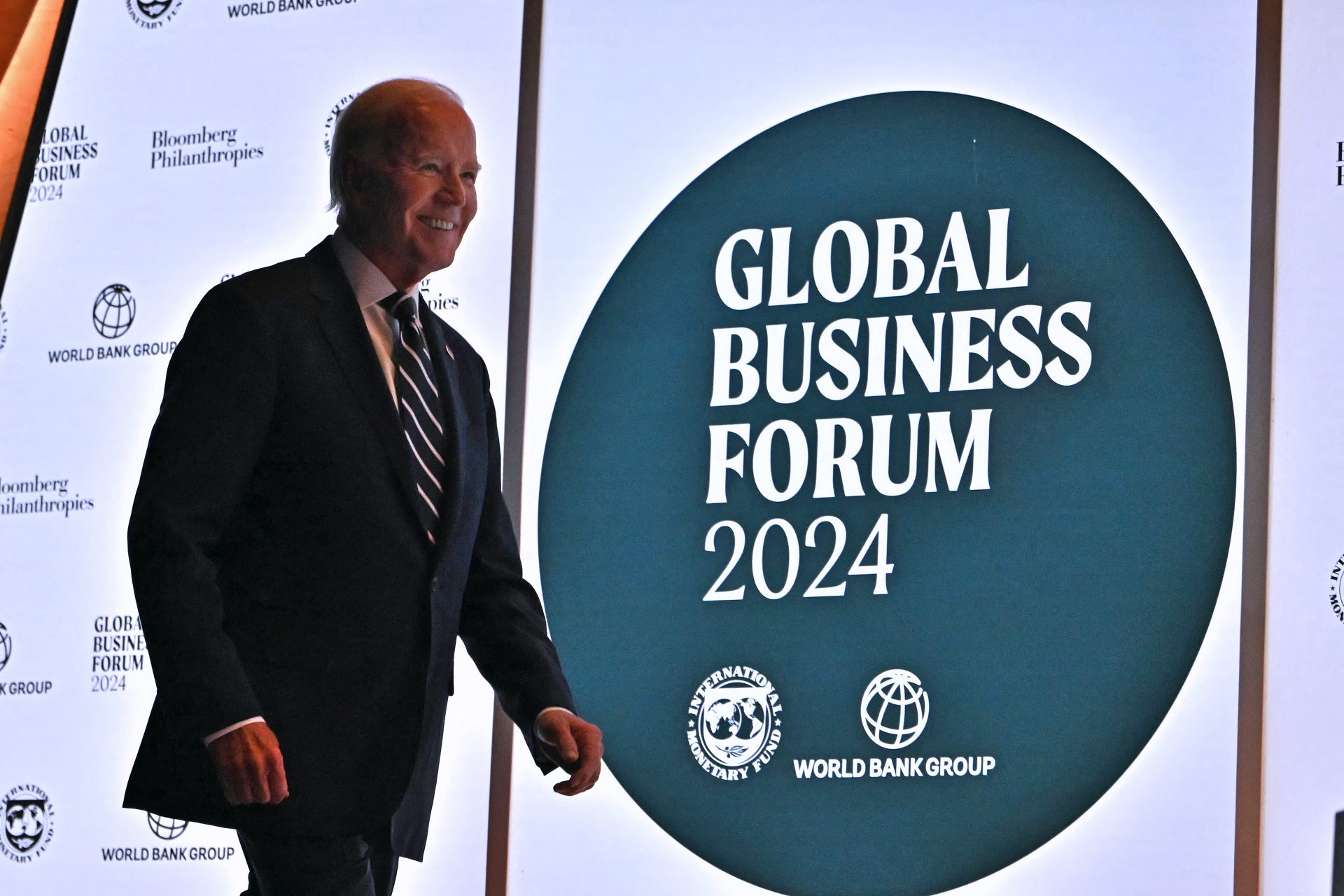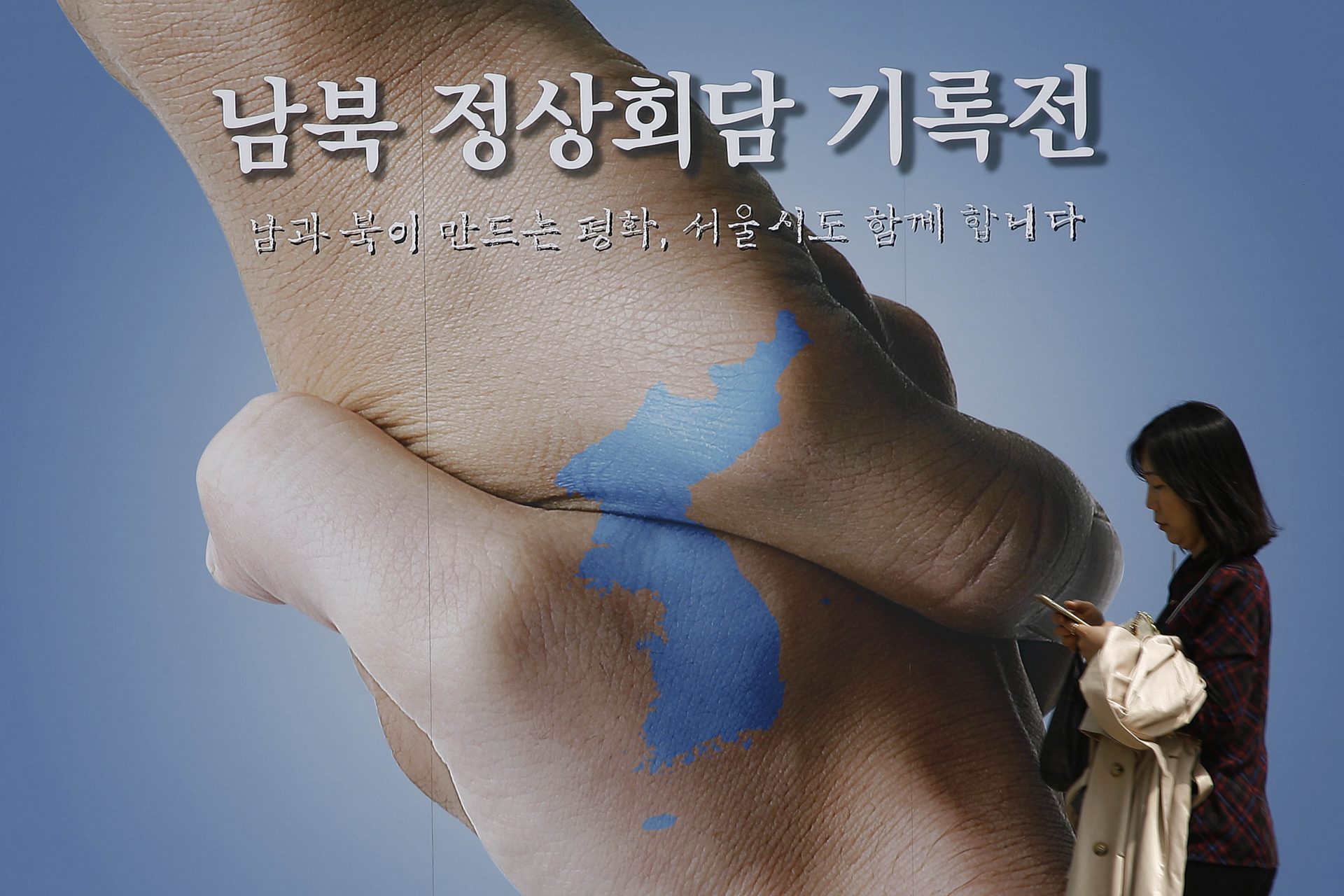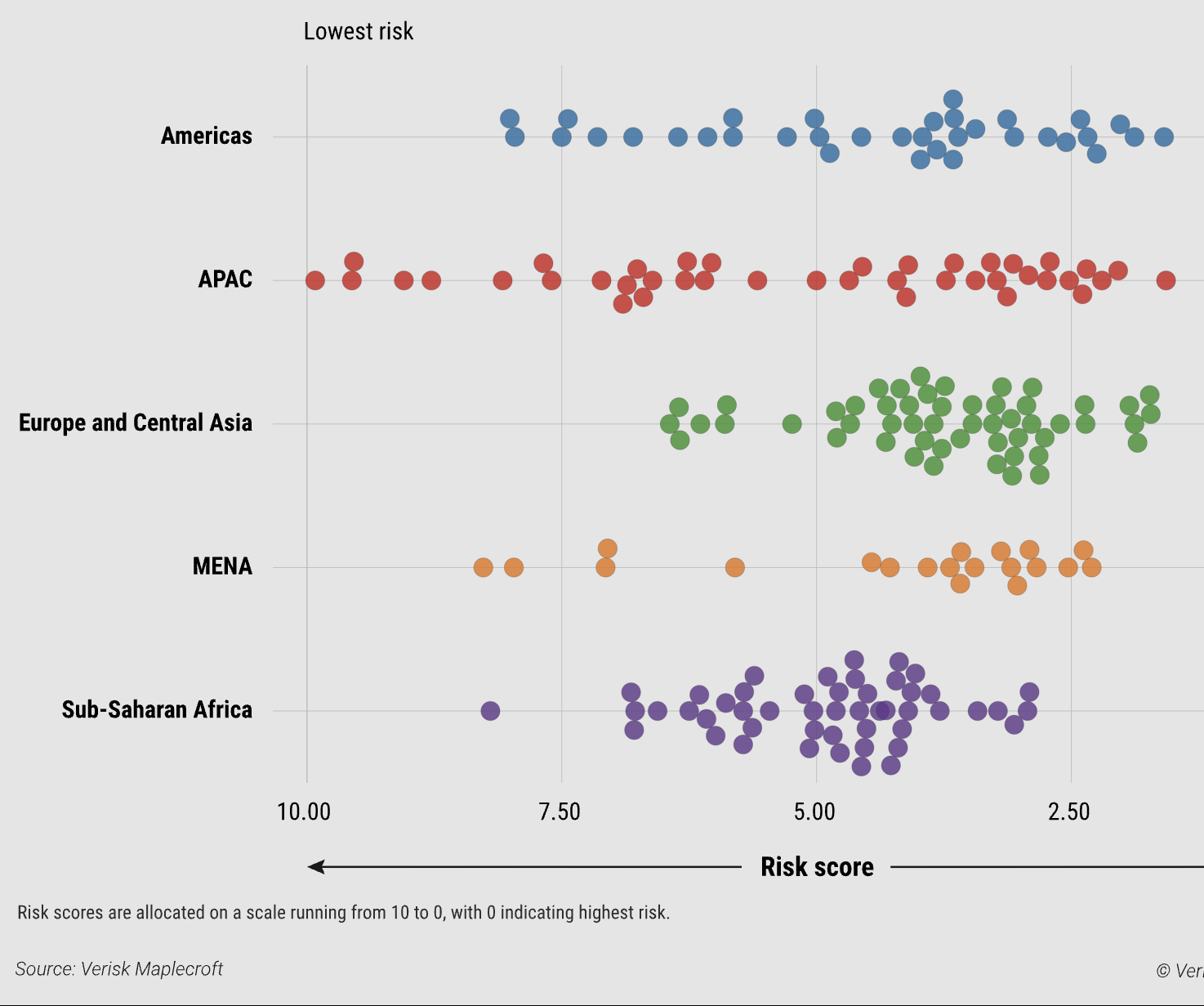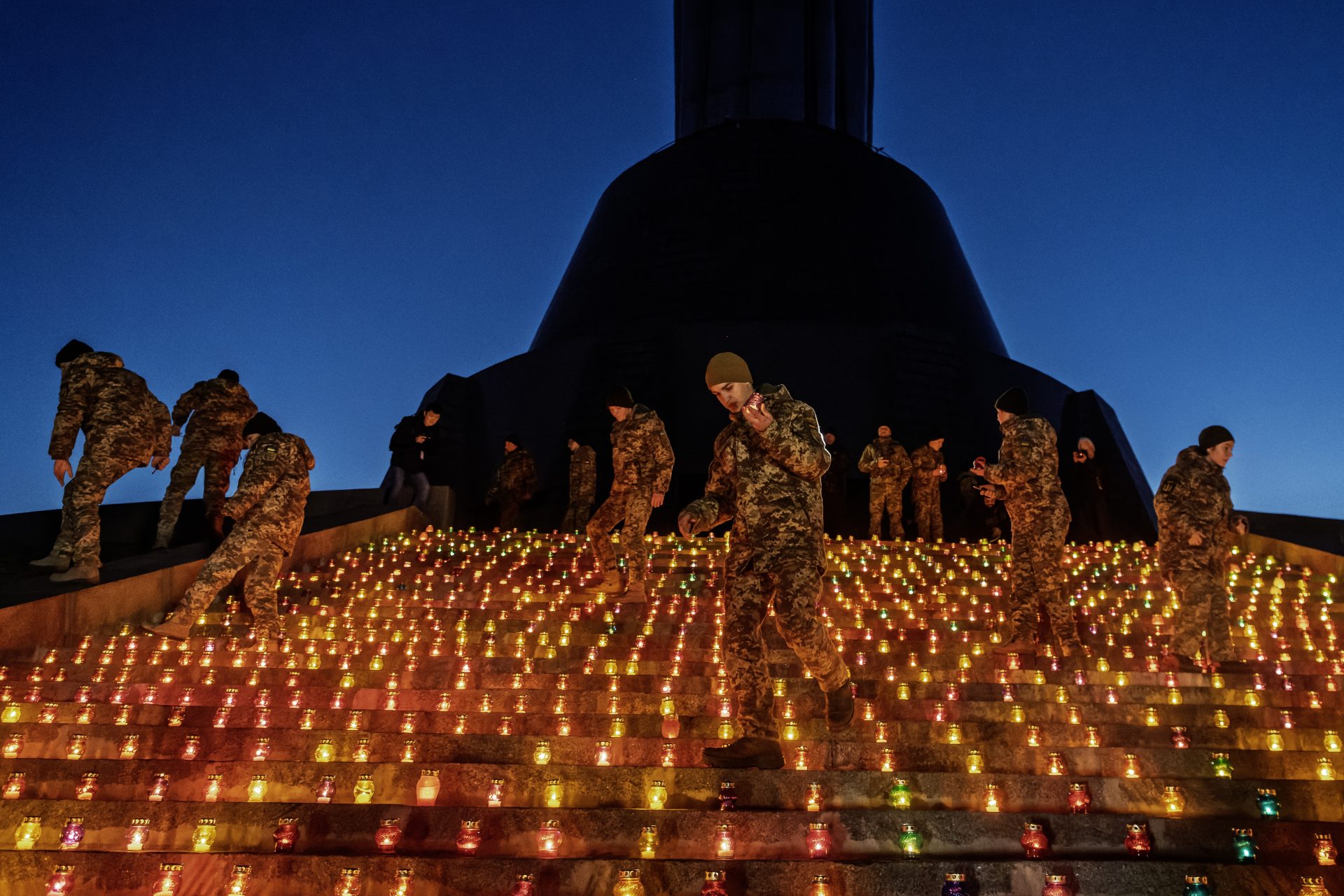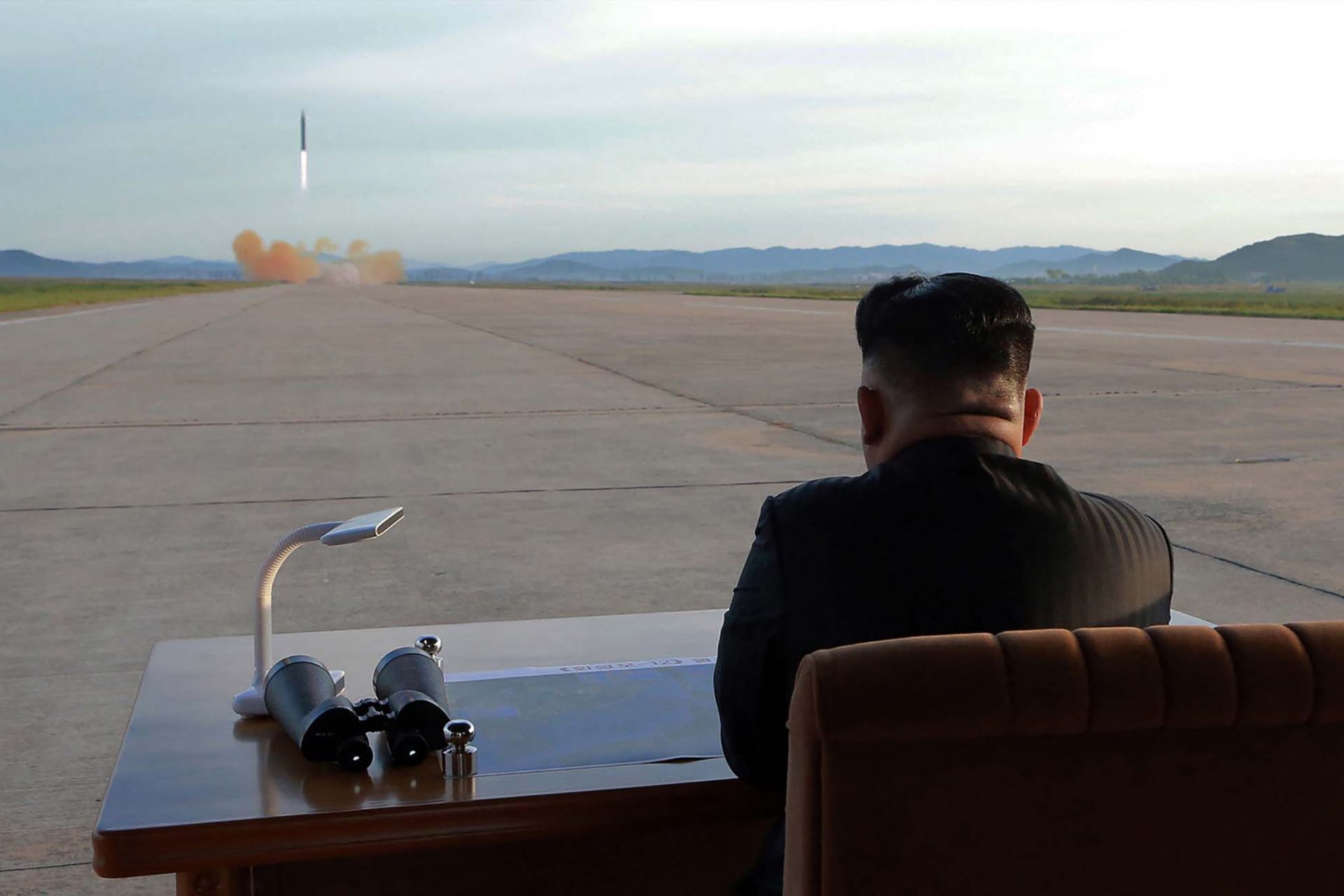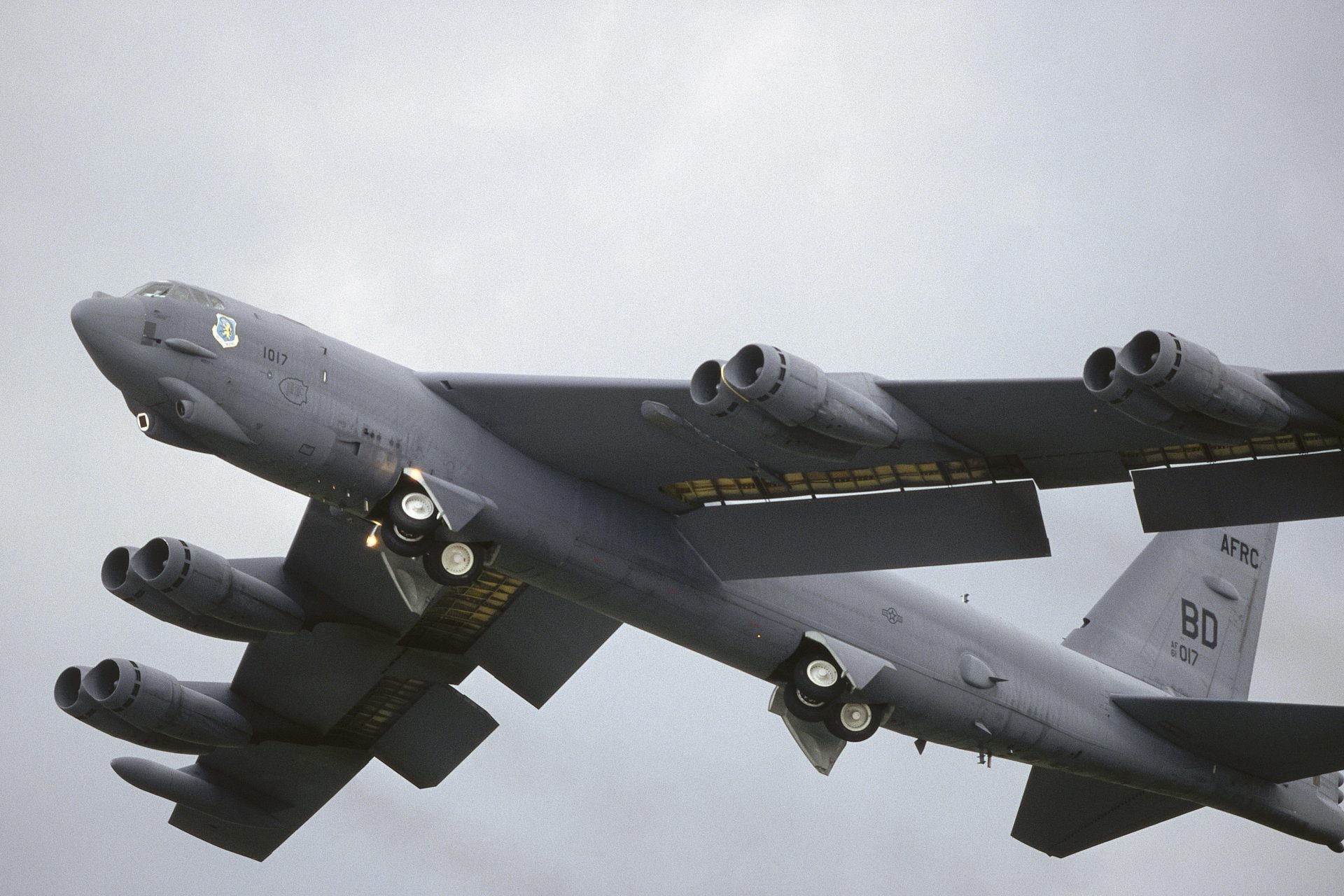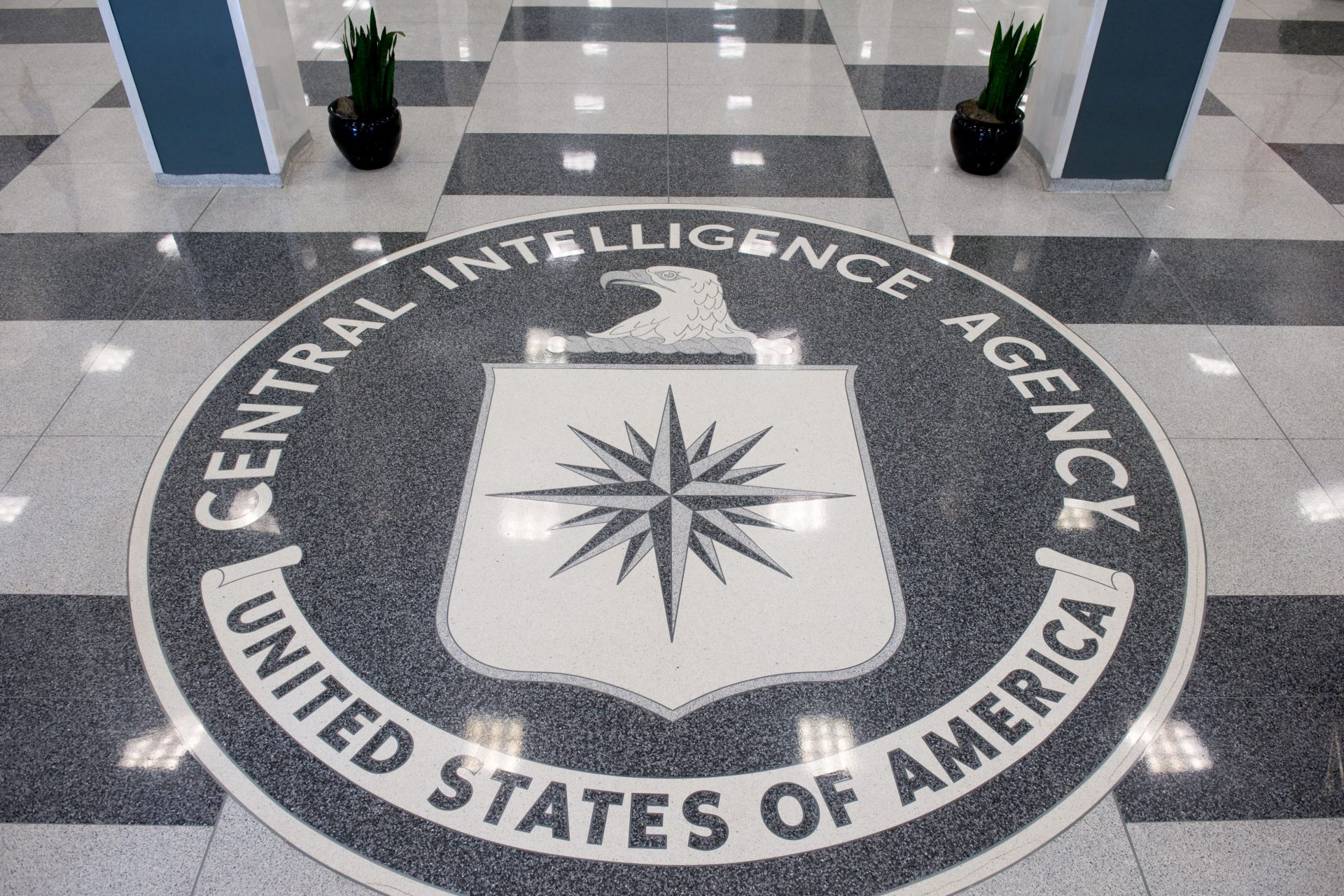The world's increasing appetite for war is bad for global business
Global conflict has ramped up by 65% in the past three years, according to a new report from the Conflict Intensity Index.
Whereas 10 to 15 years ago, conflicts were largely confined to rebels with access to a relatively small arsenal of weapons, there is now a rise in full-scale wars.
“The 2020s are going to be defined as the decade of the airstrike and particularly the drone strike,” Iain Overton, executive director of Action on Armed Violence, told The Guardian.
The CII report, published by Maplecroft risk analysts, states that 4.6% of the world’s land is now engulfed in conflict, compared to 2.8% three years ago.
The escalating violence brings with it a rise in casualties, on track to exceed 200,000 by the end of this year, up 29% on 2021, according to Maplecroft’s director Hugo Brennan.
The UN also estimates that the number of people displaced by conflict, violence or persecution exceeded 120 million by the end of April 2024.
Aside from the ongoing fighting in the Middle East and Ukraine, the CII has documented a further 27 countries embroiled in conflict.
These include Ecuador, Colombia, India, Indonesia, Thailand, Myanmar and a “conflict corridor” across Africa’s Sahel region.
This “conflict corridor” has seen spiraling violence from Burkina Faso in the west of the continent to entrenched hostilities in Sudan in the east and has doubled in size since 2021.
Brennan points out that these hostilities have a massive impact on business, economic growth and food security, with supply chains inevitably interrupted.
“Conflict risks are increasing, they have for the last few years and global businesses need to think about that,” Brennan said in the Guardian.
“You can look at international media and think: ‘I don’t have a factory in Sudan, it does not affect me,’ but because of the supply chain impacts, a conflict in a faraway place can impact you,” he added.
Beyond the Middle East, the CII reports that the Indo-Pacific could be the next region to implode.
“Our Interstate Tensions Model, which assesses the risk of bilateral tensions spilling over into a confrontation … identifies China-Taiwan, North Korea-South Korea and China-Philippines as very high-risk pairings,” according to the CII report.
Photo: screenshot from Maplecroft website
Brennan sees little reason to hope a more peaceful global trend will materialize in the short term.
“There is little sign that the recent upsurge in armed conflict – and all the tragedy and challenges that go with it – will dissipate in 2025. Indeed, the situation may get worse before it gets better,” he says.
More for you
Top Stories




